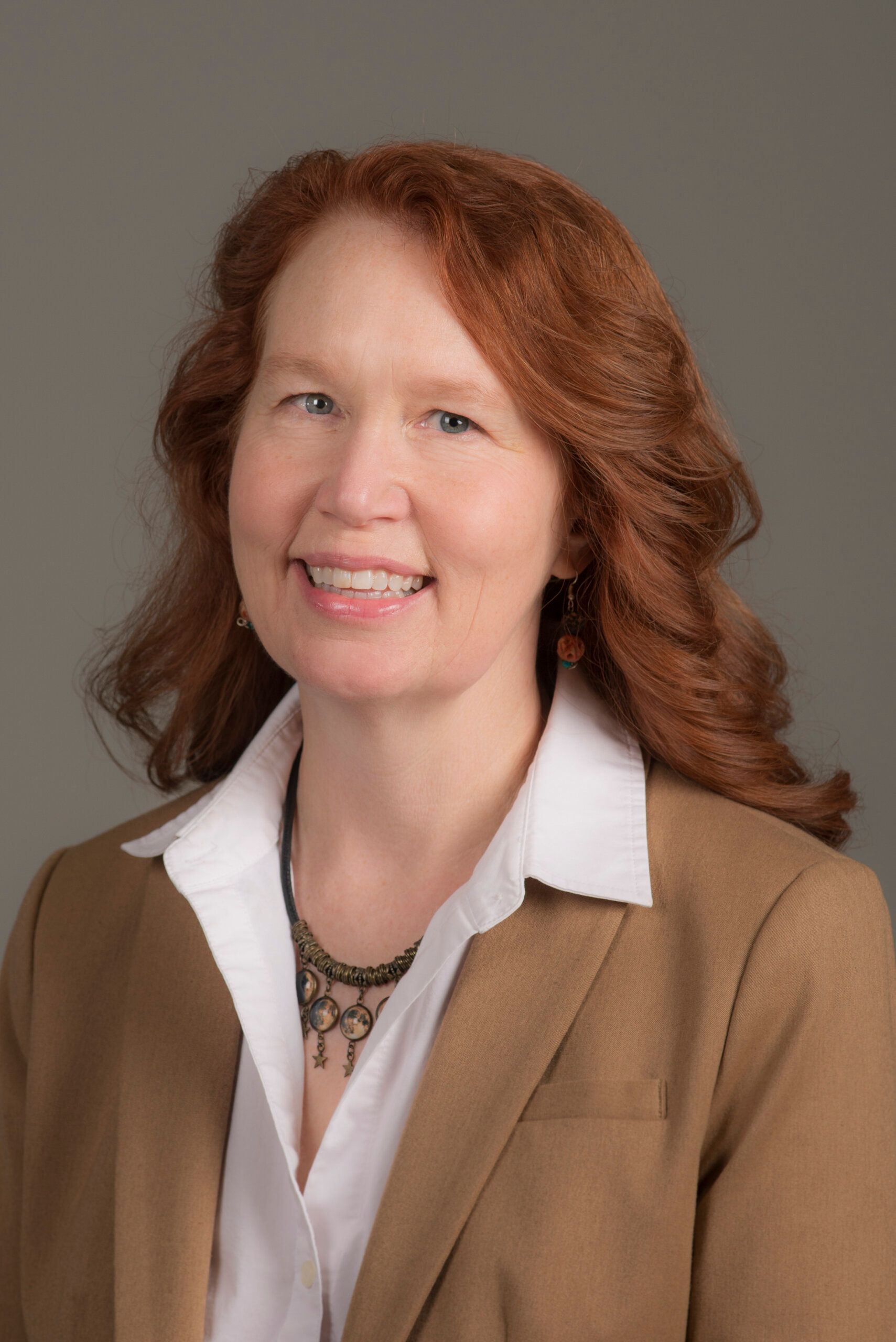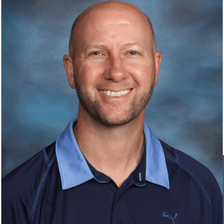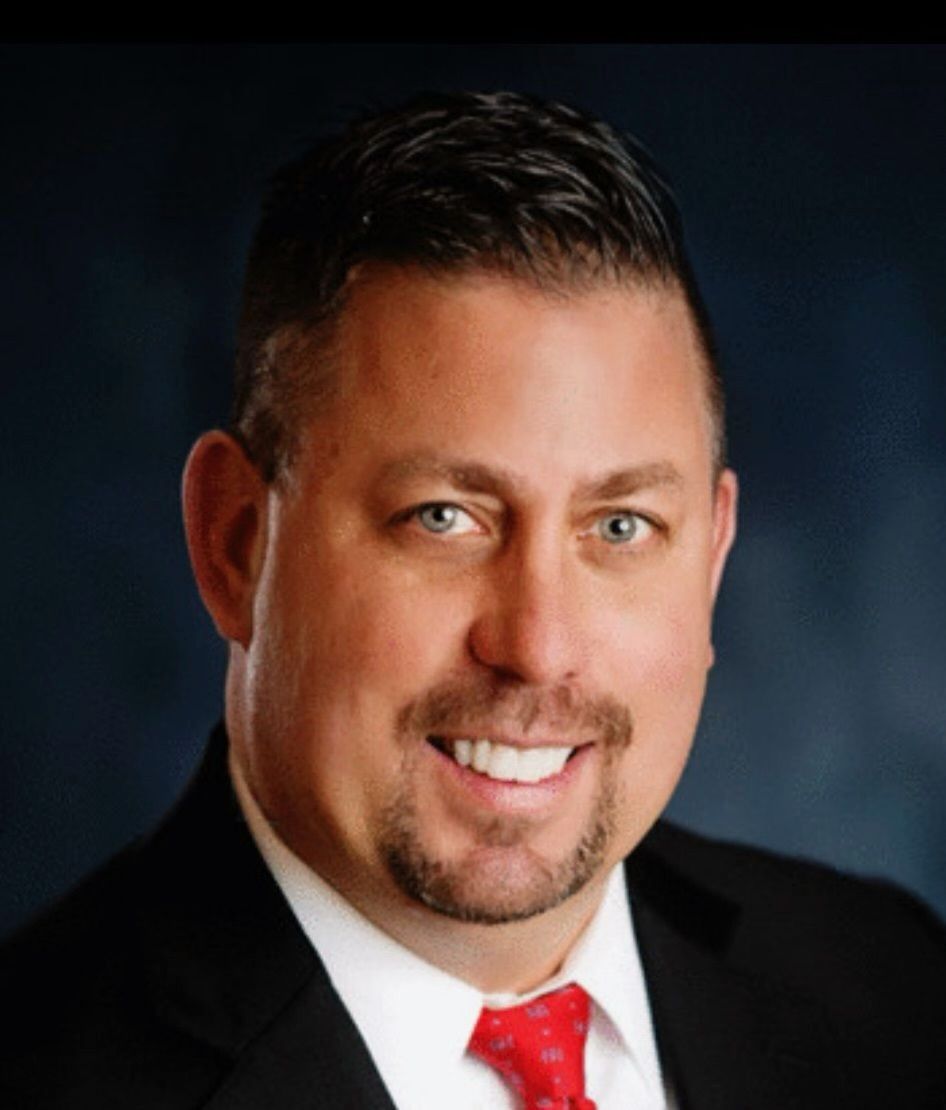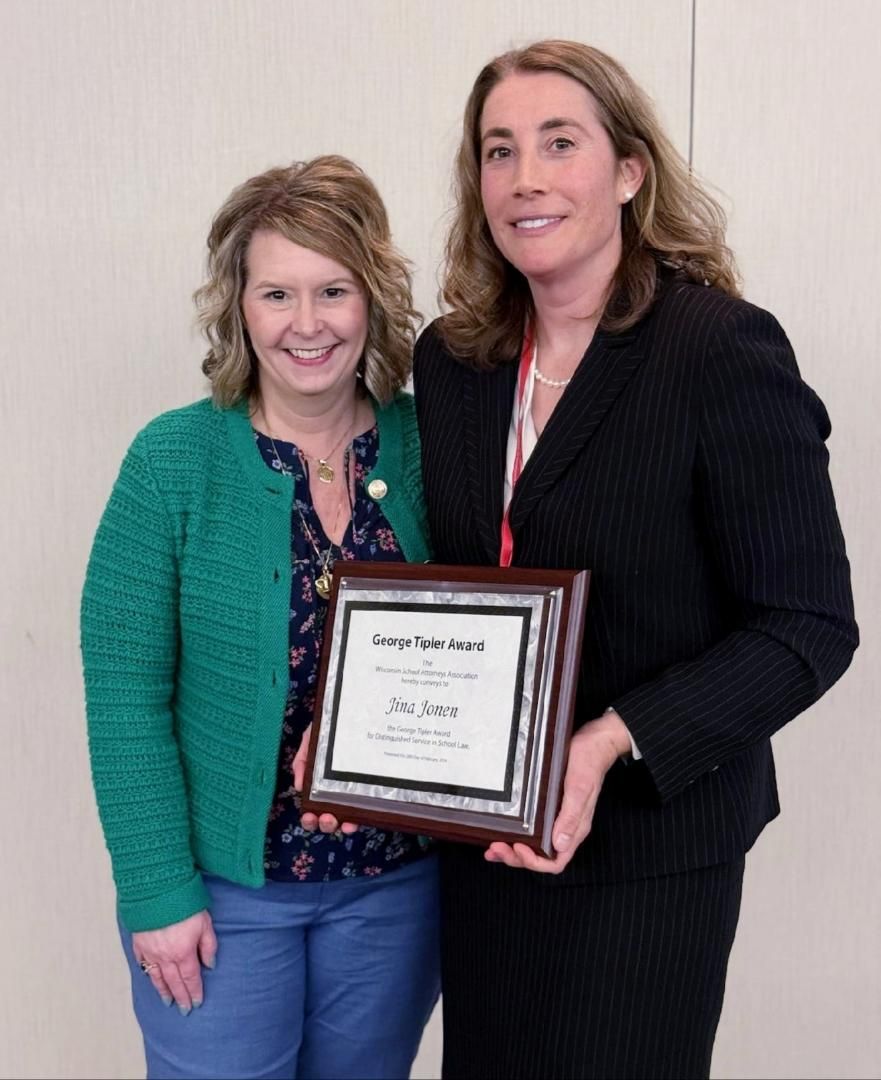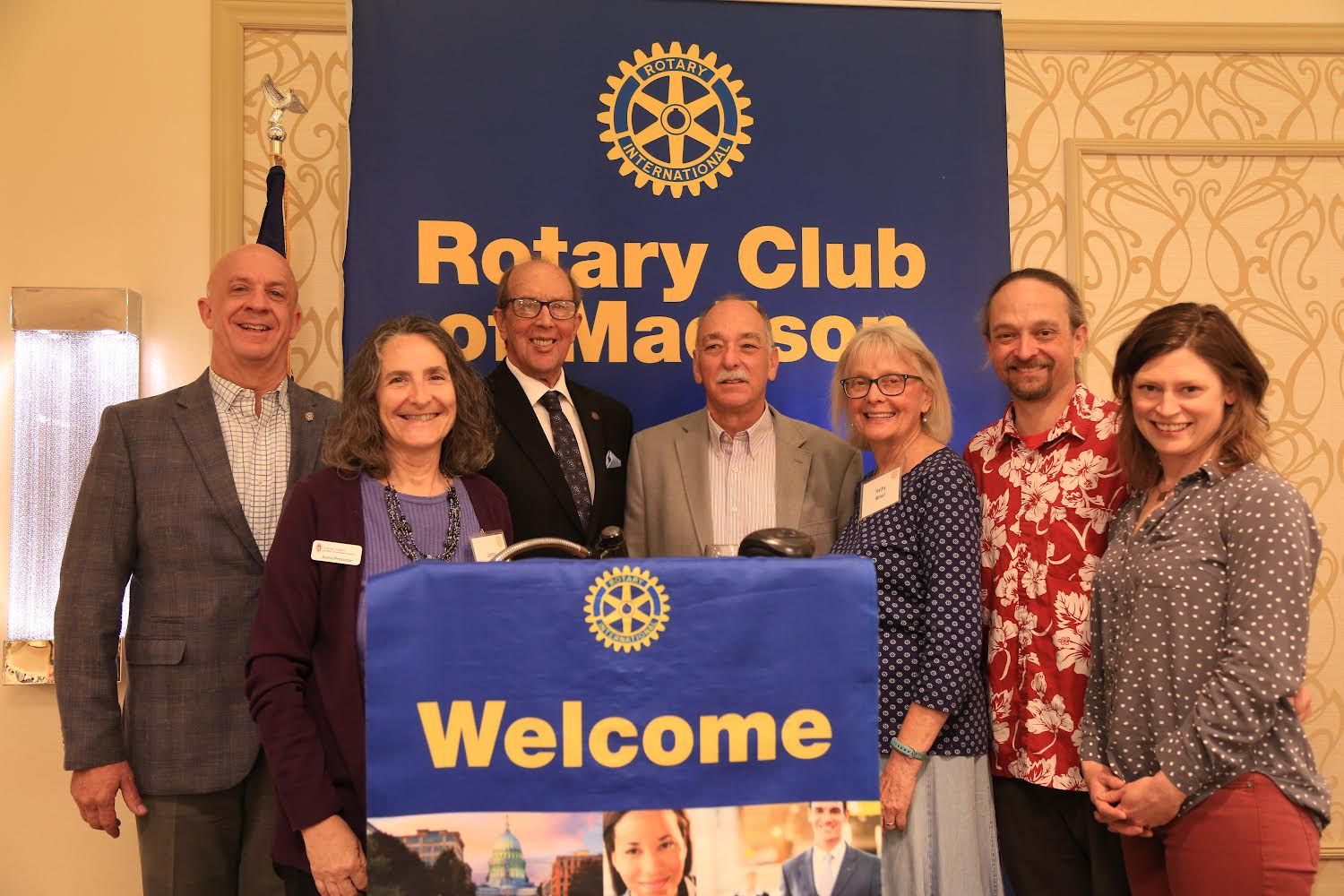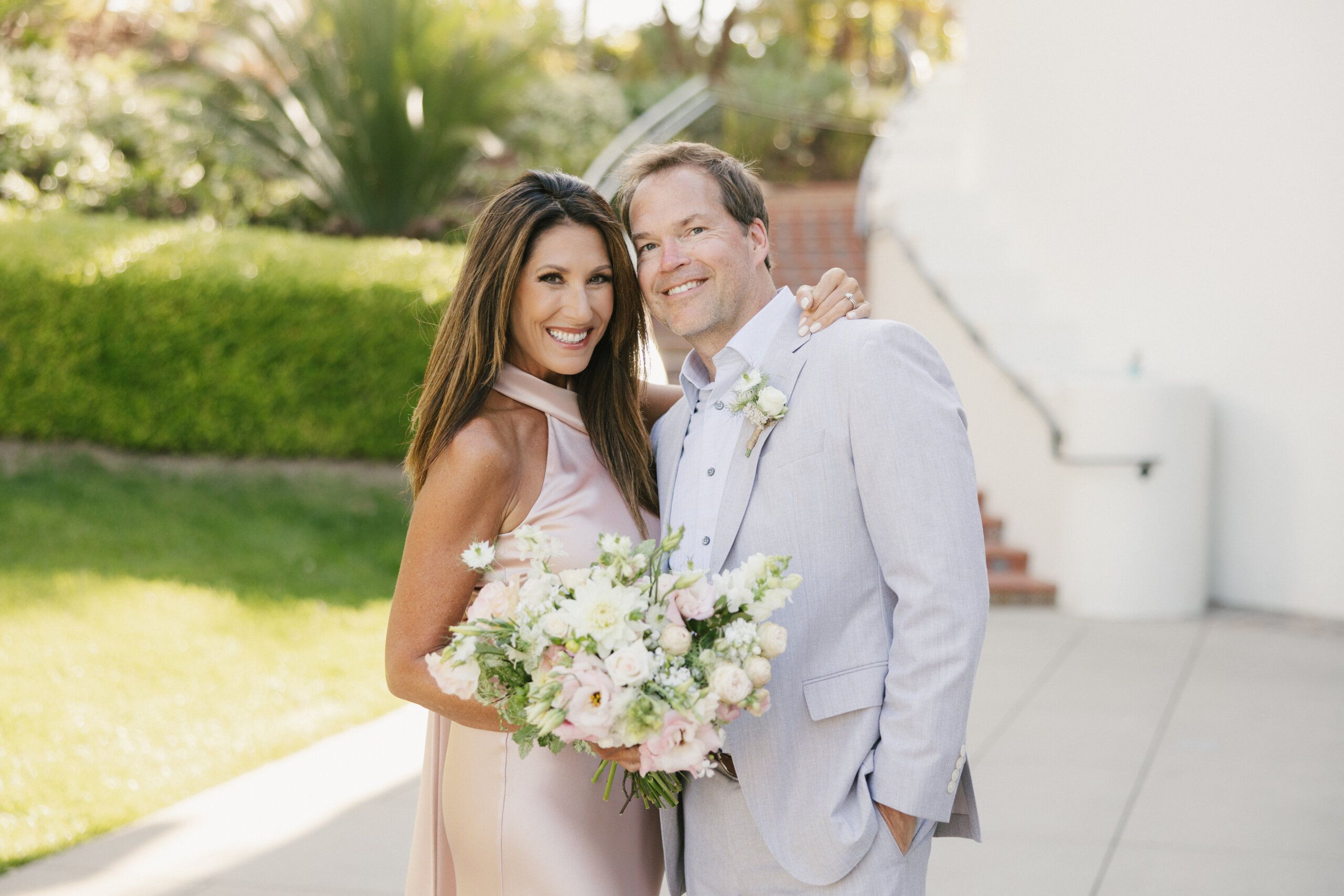Home
>
Feminism, Achievement, and Pride — Raising Four Generations of Female Badgers
Feminism, Achievement, and Pride — Raising Four Generations of Female Badgers

The Cannon family’s history at the University of Wisconsin–Madison began in 1938, in the teeth of the Great Depression, when the matriarch of my family, Eileen Cannon, my grandmother, enrolled as a freshman at the University of Wisconsin. Eileen was the first female in our family to attend college.
Although women had already been attending the UW for nearly 70 years when my grandmother enrolled, women were far from fully integrated. The Rathskeller, for example, was open to men only. It wasn’t until 1942, a full year after Eileen graduated, that women were granted full access the beloved hangout.
As Eileen was preparing to graduate in 1941 with a degree in speech, the United States was bracing for war. At the same time, Eileen’s sister, Ruth Cannon, my great aunt, enrolled at Oberlin College. However, the financial burden of private school tuition, the distance from the family’s home in Neenah, Wisconsin, and the uncertainty of the looming war, led Ruth to follow in her big sister’s footsteps, transferring to the UW in 1942.
Ruth attended the UW as the United States entered World War II (WW2), and, like many institutions at the time, the campus rushed to meet the needs of service men and women. More than 2,000 Army and Navy personnel were being fed in Union dining rooms daily. Ruth Cannon graduated in the midst of this wartime mobilization, in 1944, with a degree in labor economics. While Ruth was excited to graduate and start a professional career, she was shaped by her wartime experience on campus.
Eileen and her sister, Ruth, followed very different paths post-college. Following graduation, Eileen remained in Madison. She accepted a position at WM Traffic as a managed mailing professional. She later worked for WIBA radio, one of Madison’s first radio stations as timing program and commercial manager, while raising her young daughter, Susan. While Eileen loved Madison, raising two children there, she eventually moved back to the Fox Valley to be closer to family, and accepted a position with the Angle Orthodontist, the official publication of the Edward H. Angle Society of Orthodontists, managing subscriptions. Eileen’s decision to stay close to her hometown and family allowed Ruth the freedom to travel.
After graduation, Ruth, excited to see the world, accepted a position in New York City, with Remington Rand, the precursor to the computer. With WW2 raging on, however, Ruth felt a calling to serve. She decided to leave New York and join the Women’s Army Corps (WAC), the women’s branch of the United States Army. With WAC, she served in Oslo as an art therapist, working to help with physical and mental reconditioning programs and with the United States Armed Forces Institute (USAFI) helping to sign up Government Issues (G.I.s) that wanted to go to college.
After serving in Oslo, Ruth traveled to Italy. Running out of money, Ruth took a position with the U.S. Graves Registration Service where she was responsible for researching remains and working with the fallen G.I.’s families to either send remains home or to be buried in Italy. There, she met and fell in love with her future husband, Victor, a Chilean who fought in Italy with the U.S. Army.
After years of service to the U.S., Ruth and Victor decided to return to the U.S., and attended graduate school at University of Columbia, where Ruth received a master’s degree in social work, paid for by the G.I. Bill.
As Ruth was settling into her post-war life in New York, her niece, Eileen’s daughter, Susan Payne, was following in her mother’s and aunt’s footsteps, enrolling at the University of Wisconsin.
By the late-1950’s, Susan Payne (married as Susan Morrisey by the time), was balancing her course work and a young family at at the UW. When not attending classes or working at her part-time secretary position for Robert E. Gard and the Wisconsin Idea, Susan and the other young student mother members of the University of Wisconsin Dames were taking their toddlers on group outings, which included visiting the CALS livestock. In 1961, Susan Morrisey graduated from the UW. She and her husband, an officer with the U.S. Army, moved to Germany, where she worked as an educational aid at the army base school. In 1977, Susan and her family, including three kids by that time, moved back to the U.S., at which time she went back to school, graduating with a second degree in education from Kansas State in 1979.
Five decades after Eileen attended the UW, her granddaughters, Elisabeth Payne and Martha Payne, graduated from UW–Madison in 1994 and 2001, with degrees in journalism and agricultural and applied economics, respectively. Eileen’s great-granddaughter, Hannah Huffman, graduated from UW–Madison in 2004 with a degree in classics. Like the Cannon family women before them, they pursued professional careers, serving as executives for tech and financial services companies, career possibilities believed half a century before by their pioneering grandmother and great aunt.
Not only did Eileen and Ruth advocate for the women in their own family to attend college and work in professional careers, but in society broadly, believing that opportunities for advanced degrees and careers should be available to all women. Almost 80 years before Sheryl Sandberg coined the phrase, “lean in,” the Cannon sisters were making a place for themselves and making their voices heard through their involvement in organizations such as American Association of University Women (AAUW), focusing on advancing equity for women and girls through advocacy, education, philanthropy, and research.
On May 17th, 2021, Ruth will turn 100 years old. Our family is excited to celebrate her life, her achievements, and her and her sister’s influence on the generations of Cannon women who followed. Eileen passed away in 2011 at the age of 94.
